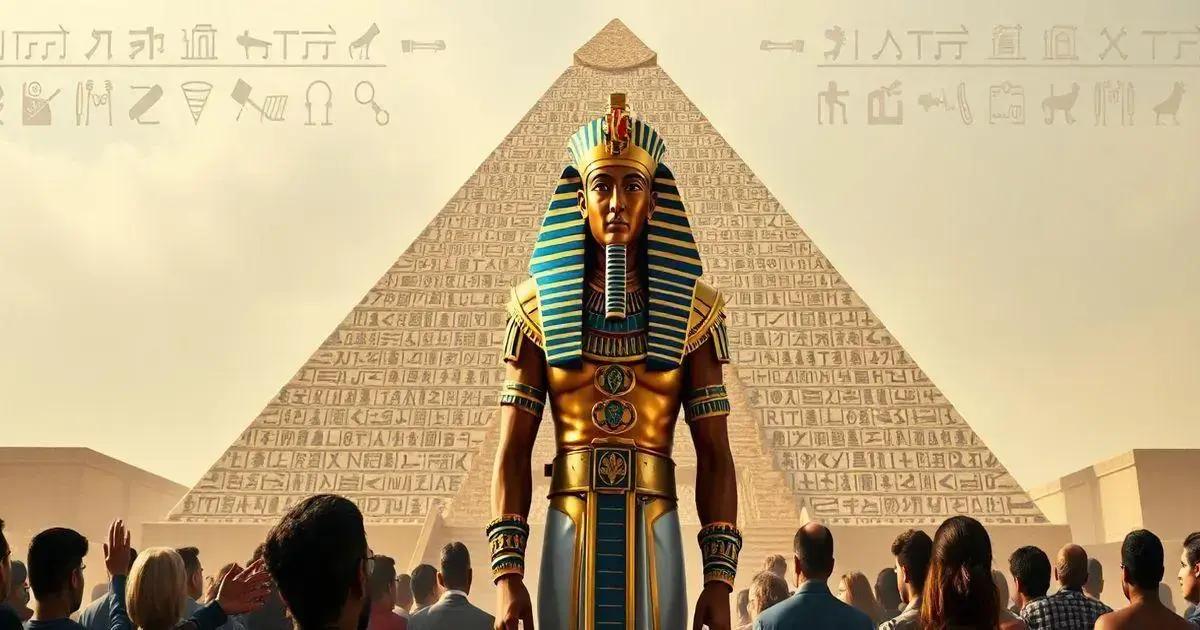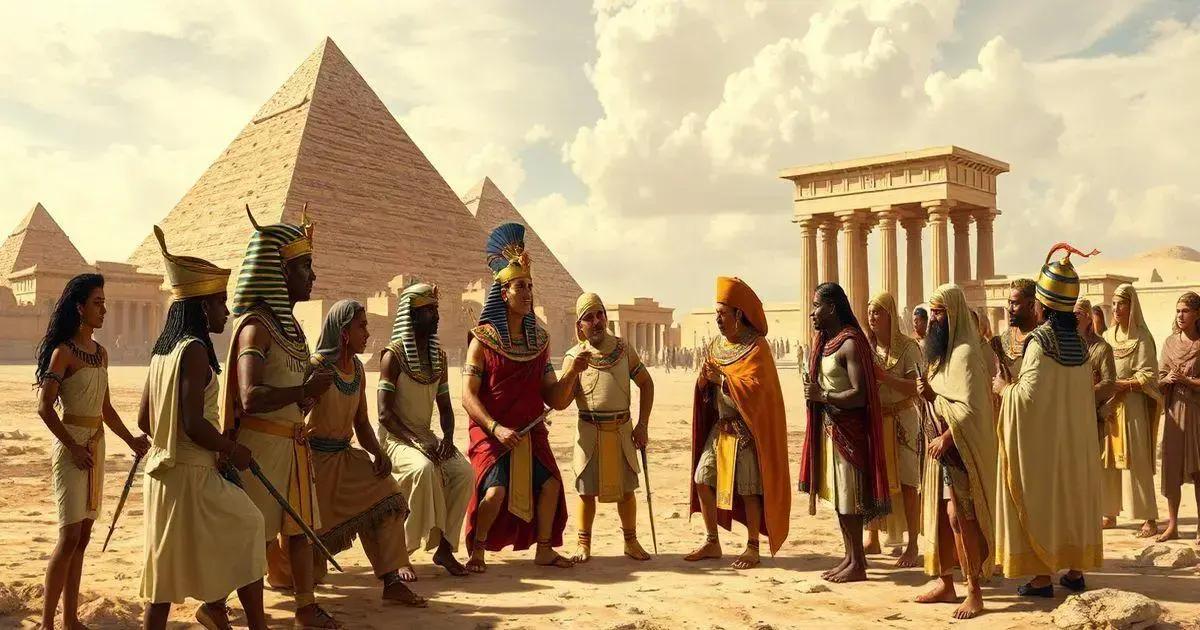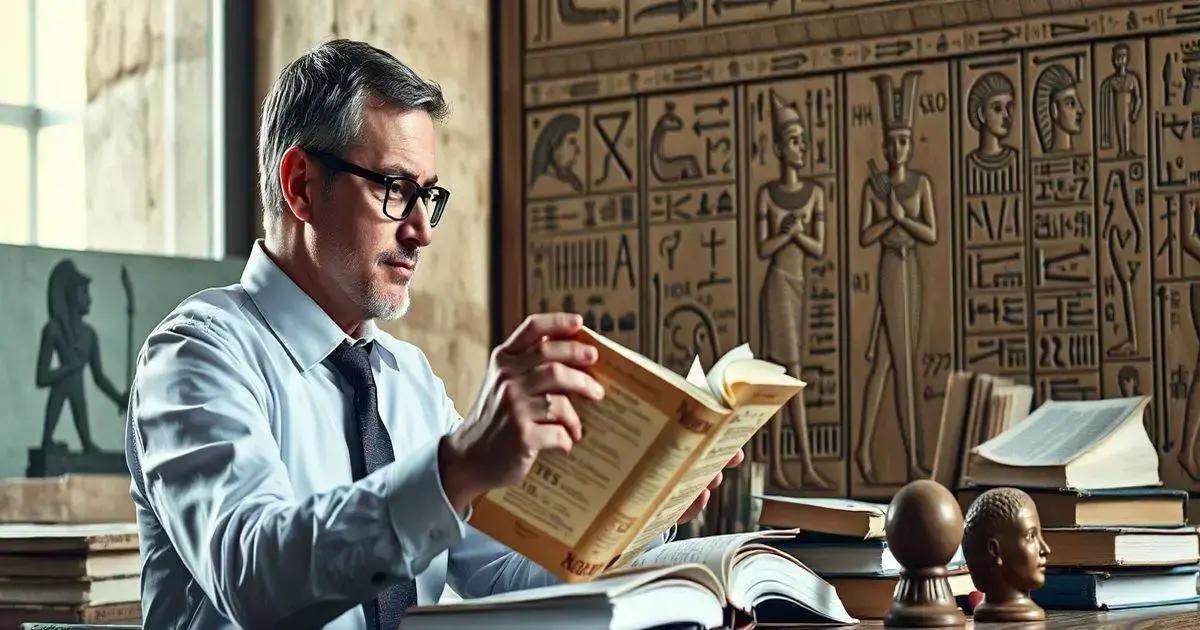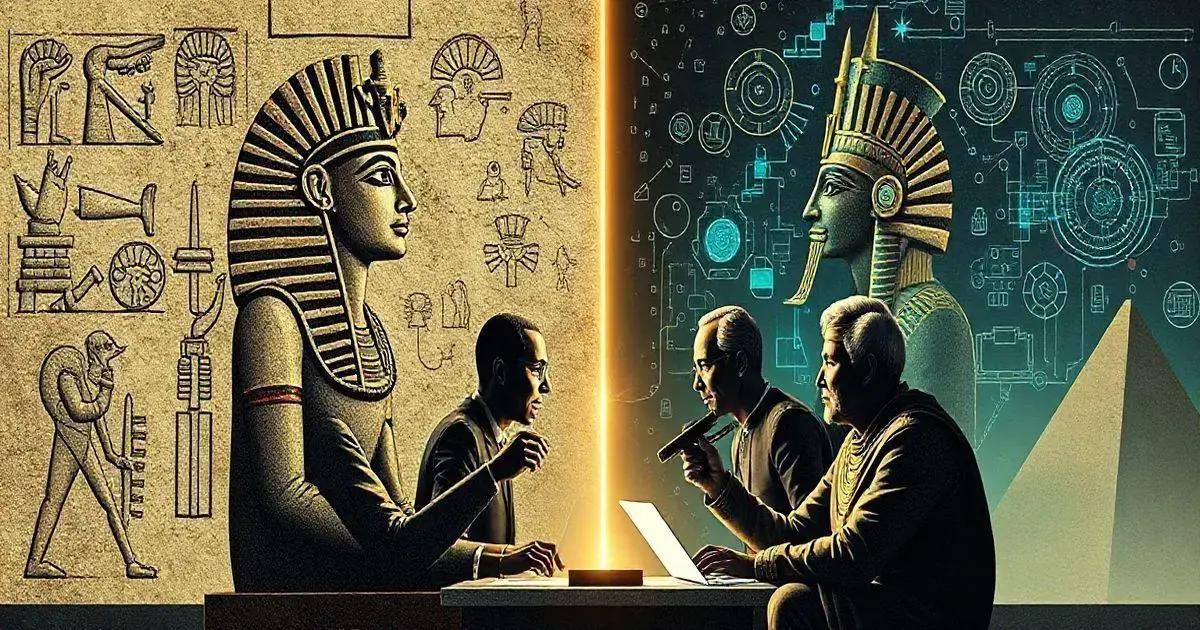The tricks of the Egyptian Pharaohs included propaganda, public spectacles, and strategic communication that served to reinforce their power and influence. While these ancient methods offer valuable lessons in leadership, it is essential to recognize the potential risks of dependency, such as stagnation and misinterpretation of context, when applying old wisdom in modern governance.
As we delve into the captivating world of ancient Egypt, a provocative question surfaces: is there a risk of dependency on the Trick of the Egyptian Pharaohs? This inquiry invites us to explore the alluring strategies employed by the Pharaohs that have transcended time. By unpacking historical contexts, we can uncover how these ancient tricks can influence modern thinking and decision-making. In this article, we will examine the origins of these tricks, their interpretations today, and the potential risks associated with depending on age-old wisdom.
Understanding the Trick of the Egyptian Pharaohs

The Trick of the Egyptian Pharaohs refers to various strategies used by ancient rulers to maintain power and manipulate perceptions. These tricks often included elaborate ceremonies, impressive monuments, and cunning propaganda. By understanding these tactics, we can learn how leadership and influence operate across different cultures and eras.
The Art of Deception
Egyptian Pharaohs mastered the art of deception. They created a god-like image for themselves, presenting their reign as divinely ordained. This made it difficult for common people to question their authority. Grand structures like the pyramids served as symbols of their everlasting power, instilling awe in their subjects.
Public Spectacles
Pharaohs understood the value of public spectacles. Festivals, ceremonies, and monumental displays were common tools to win public favor. By showcasing their wealth and favor from the gods, Pharaohs distracted the populace from political issues or hardships they might face.
Controlling the Narrative
Another clever trick was controlling the narrative through art and writing. Hieroglyphics on temple walls glorified their achievements and divine connections while downplaying failures. This created a legacy that supported their rule and distorted historical reality.
By examining these tactics, we can understand how the Pharaohs influenced their society. These tricks are not only fascinating historical insights but also reflect present-day strategies in leadership and governance, inviting us to explore their relevance to our current context.
The Historical Context of Pharaohs’ Tricks

The historical context of Pharaohs’ tricks reveals how these rulers strategically employed various methods to solidify their rule. Ancient Egypt thrived for thousands of years, and the Pharaohs faced numerous challenges, from internal dissent to foreign invasions. To navigate these hardships, they devised clever tricks to maintain control over their people.
Political Environment
The political environment of ancient Egypt was complex. Pharaohs were not just rulers; they were seen as gods on earth. This divine status gave them the authority to impose strict laws and religious practices. By intertwining politics with religion, they created a powerful framework that helped them govern effectively.
Social Structure
Ancient Egyptian society was highly stratified. The Pharaohs relied on a network of nobles and priests to enforce their will. These allies were rewarded with land and responsibilities, making them essential to the Pharaoh’s success. The tricks employed by Pharaohs often worked to maintain this social hierarchy, ensuring loyalty from powerful supporters.
Military Strategy
Pharaohs understood that military might was crucial for their survival. By showcasing military victories through monumental art and celebrations, they reinforced their image as strong leaders. This approach not only deterred enemies but also united the populace under a sense of shared pride and security.
As we investigate the historical context of Pharaohs’ tricks, we see how these tactics were essential for maintaining a stable and prosperous society in the face of adversity. Their mastery of manipulation and control offers valuable lessons on leadership dynamics and the relationship between rulers and the ruled.
Modern Interpretations of Pharaoh Wisdom

Modern interpretations of Pharaoh wisdom shine a light on how ancient strategies continue to influence contemporary leadership and decision-making. Scholars and leaders often look to these historical figures for lessons on authority and management.
Leadership Qualities
Today, many leaders study the qualities that made Pharaohs successful. Attributes like vision, charisma, and adaptability are crucial in modern organizational settings. Pharaohs often had a clear vision for their kingdom, which helped them guide their people towards common goals and achievements.
Communication Strategies
Effective communication was key for Pharaohs, who utilized propaganda and public speeches to connect with their subjects. Similarly, modern leaders focus on transparent communication to build trust and rapport with their teams. The lessons from ancient Egypt emphasize that how a message is delivered can be just as important as its content.
Crisis Management
Pharaohs faced numerous crises, from famine to invasions, and their responses provide valuable insights. They often used their authority to rally support and find solutions. Today, leaders can learn from this by demonstrating resilience and decisiveness in challenging situations, inspiring confidence among stakeholders.
Moreover, the modern fascination with the wisdom of the Pharaohs also encourages us to reflect on ethics in leadership. As we understand the complexities of their reigns, we can better appreciate the importance of integrity and responsibility in today’s governance.
Potential Risks of Ancient Dependency

The potential risks of ancient dependency highlight the dangers of relying too heavily on lessons from the past, especially those from the Pharaohs of Egypt. While exploring ancient wisdom can be insightful, it is crucial to remain aware of its limitations in modern contexts.
Stagnation of Innovation
One significant risk is the potential stagnation of innovation. If leaders depend solely on ancient methods, they may resist embracing new ideas and technologies that could drive progress. Sticking to old strategies can make organizations less adaptable in a rapidly changing world.
Misinterpretation of Context
Another risk is the misinterpretation of the historical context in which these tricks were employed. Ancient Egypt faced unique challenges that differ significantly from contemporary issues. Applying old wisdom without understanding its historical backdrop can lead to ineffective or harmful decisions.
Over-Reliance on Authority
Dependency on the Pharaohs’ methods may also lead to an over-reliance on authority. Pharaohs maintained control through strong leadership, but in modern democracies, collaborative decision-making is often more effective. Relying too heavily on centralized authority can stifle creativity and input from diverse voices.
Furthermore, the blind acceptance of ancient strategies can foster a culture of complacency, where critical thinking and questioning are undervalued. It is important to use ancient wisdom as a guide, not a rulebook, ensuring that leaders encourage innovation and flexibility while learning from history.
Understanding the Impact of Pharaohs’ Tricks Today
The exploration of the tricks used by Egyptian Pharaohs reveals timeless lessons about leadership, authority, and perception. Although these ancient strategies provided effective means for ruling in their time, it is essential to approach them with a critical eye in today’s context.
Recognizing the risks of dependency on these methods helps modern leaders avoid stagnation, misinterpretation, and over-reliance on authority. While the wisdom of the Pharaohs can guide us, it should not dictate our actions. Instead, we should blend historical insights with contemporary ideals to foster innovation and adaptability.
In conclusion, by learning from the past while embracing the present, we can navigate the complexities of leadership in our own age, ensuring a balanced approach that values both history and progress.
FAQ – Frequently Asked Questions about the Tricks of the Egyptian Pharaohs
What are the tricks used by the Egyptian Pharaohs?
The tricks used by Egyptian Pharaohs included propaganda, grand ceremonies, and leveraging their divine status to maintain power and manipulate perceptions.
How can Pharaoh wisdom apply to modern leadership?
Pharaoh wisdom offers insights into qualities like vision, communication, and crisis management, which are essential for effective modern leadership.
What are the potential risks of relying on ancient strategies?
Relying too heavily on ancient strategies can lead to stagnation, misinterpretation of context, and over-reliance on authority, which may hinder innovation.
Why is understanding historical context important?
Understanding historical context is crucial to avoid misapplying ancient wisdom to contemporary issues, ensuring decisions are relevant and effective.
How can we balance ancient wisdom with modern needs?
Balancing ancient wisdom with modern needs involves using historical insights as guidance while remaining open to new ideas, technologies, and collaborative approaches.
What lessons can be learned from Pharaohs’ tricks?
Lessons from Pharaohs’ tricks emphasize the importance of effective communication, strong leadership, and adaptability in facing challenges and achieving goals.












